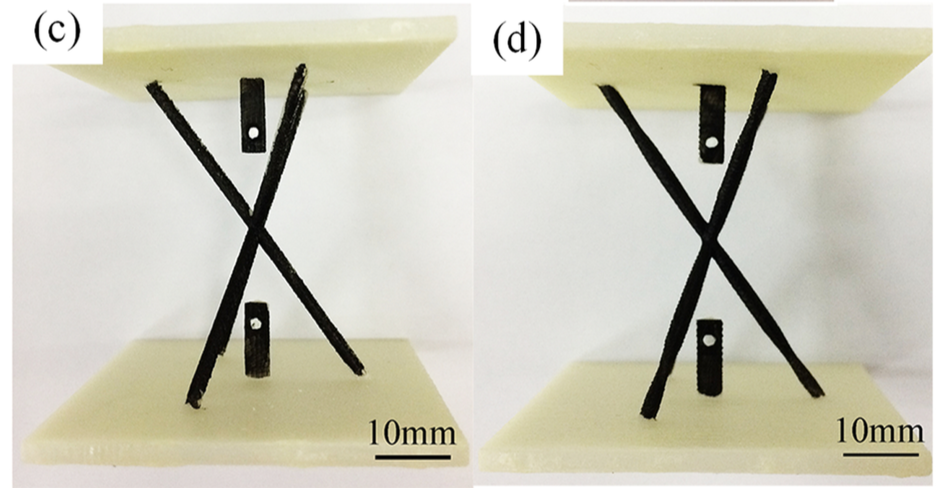The Singapore Agency for Science, Technology and Research (A*STAR) has discovered how to maximise the strength of 3D printed, free-form lattice cores.
Integral to the structure of sandwich panels, used in light weighting aircrafts, the group’s findings have been demonstrated to reduce premature buckling, one of the most common means of failure for this type of structure.
Dr. Stefanie Feih, Senior Scientist at the Singapore Institute of Manufacturing Technology (SIMTech) and A*STAR, explains, “Our work highlights the potential for tailored multi-functional designs, by combining, for example, mechanical and thermal requirements into one component.”
Noting the ripe production opportunity with this technology, Dr. Feih adds:
“Current lattice structure designs are not taking full advantage of the possibilities of additive manufacturing.”

An irregular approach
Lattice or truss designs are typically composed of straight beams, often forming crosses that serve to evenly distribute compressive force. This characteristically linear structure however has been found to be a contributing factor to truss failure.
In A*STAR’s research, scientists have parametrically redesigned these beams to include bumps and waves which account for extra areas of stress when compression is applied. Dr. Feih explains “Diameter variations allow for local thickening where the highest buckling moments occur, while reducing thickness in other areas along the trusses,”
“We can therefore keep the same mass, but increase the buckling strength significantly.”
To determine the optimal variables for these undulating surfaces, the team developed an algorithm that calculates the maximum buckling strength of a structure then suggests new shapes which would improve upon it.
Variation include surface smoothness, and the frequency of a recurring shape (e.g. a wave).

Validated by 3D printing
A six pointed star shaped Kagome lattice was tested as a proof of concept by the A*STAR team. With the varied “bumpy” structure, simulations estimated a 20% improvement in buckling resistance when compared to the traditional, uniform truss beams.
As further validation, the team then 3D printed a prototype sandwich panel using the “bumpy” Kagome lattice as a core, laying the foundations for further industrial applications.

A*STAR additive manufacturing
Launched to support R&D efforts that provide a competitive advantage and address the national needs of Singapore, A*STAR has been heavily involved with the nation’s additive manufacturing drive since 2013.
Recently, the agency launched the Smart Manufacturing Joint Lab with Rolls Royce and Singapore Aero Engine Services. A $60 million initiative, the lab’s purpose is to investigate smart technology applications for the aerospace industry. Giving technical training and advice to SMEs, A*STAR has also started its Tech Access Initiative to promote the adoption of 3D printing, and it is a part of Sembcorp Marine’s digital plan for the maritime industry.
“Buckling optimization of Kagome lattice cores with free-form trusses” is published online in Materials & Design journal. It is co-authored by Lei Zhang, Stefanie Feih, Stephen Daynes, Yiqiang Wang, Michael Yu Wang, Jun Wei and Wen Feng Lu.
Read all of the latest 3D printing research in the 3D Printing Industry newsletter, on Twitter and on Facebook. Join 3D Printing Jobs now to search for the next step in your academic career.
Featured image shows parametrically designed Kagome trusses. Image via Materials & Design journal.



